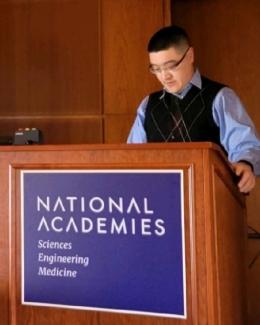Abstract
Quick and reliable automatic detection of traffic accidents is of paramount importance to save human lives in transportation systems. However, automatically detecting when accidents occur has proven challenging, and minimizing the time to detect accidents (TTDA) by using traditional features in machine learning (ML) classifiers has plateaued. We hypothesize that accidents affect traffic farther from the accident location than previously reported. Therefore, leveraging traffic signatures from neighboring sensors that are adjacent to accidents should help improve their detection. We confirm this hypothesis by using verified ground-truth accident data, traffic data from radar detection system sensors, and light and weather conditions and show that we can minimize the TTDA while maximizing classification performance by considering spatiotemporal features of traffic. Specifically, we compare the performance of different ML classifiers (i.e, logistic regression, random forest, and XGBoost) when controlling for different numbers of neighboring sensors and TTDA horizons. We use data from interstates 75 and 24 in the metropolitan area that surrounds Chattanooga, TN. Our results show that the XGBoost classifier produces the best results by detecting accidents as quickly as 1.0 min after their occurrence with an area under the receiver operating characteristic curve of up to 83% and an average precision of up to 49%. We describe limitations, open challenges, and how the proposed framework can be used for quicker operational accident detection.



